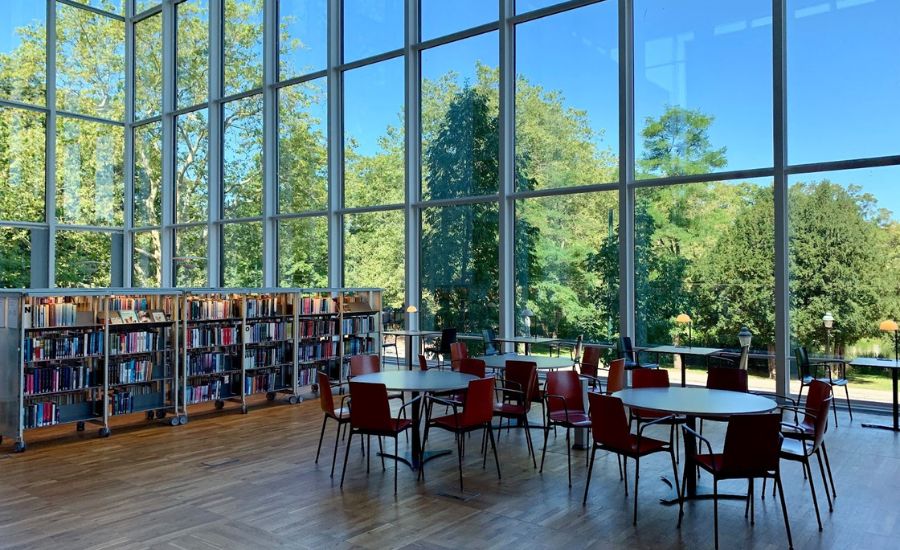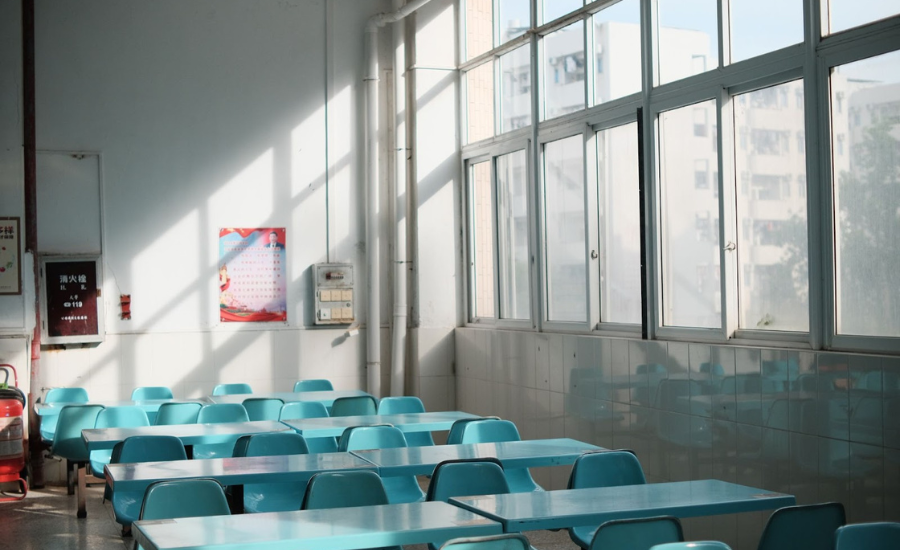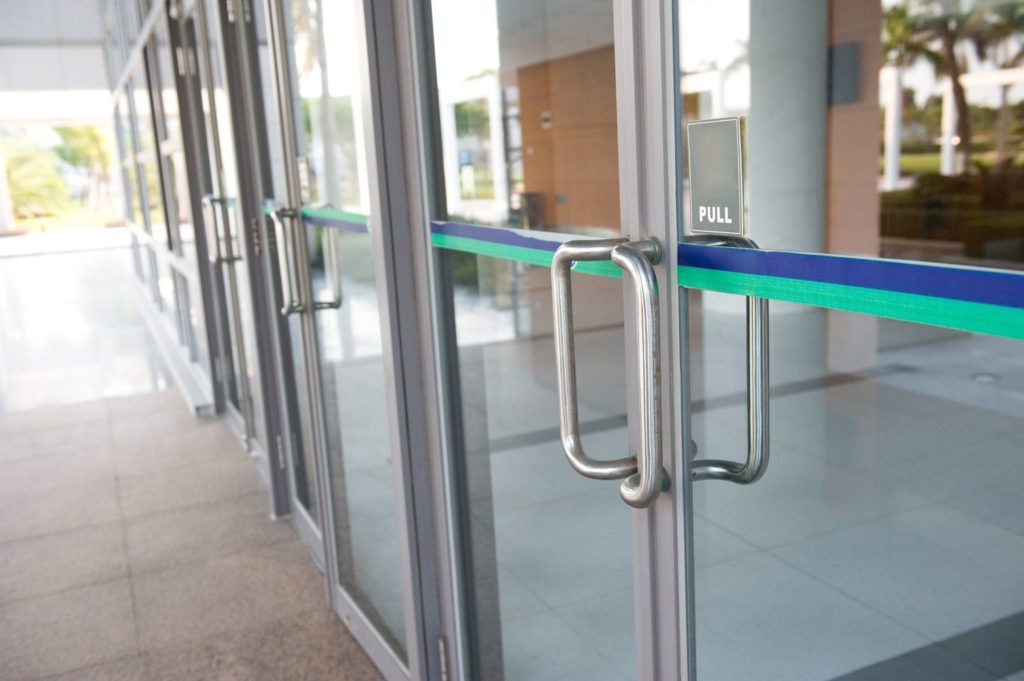Written By: Brad Campbell | March 23, 2023
When it comes to back to school safety, it’s more important than ever for schools to implement school safety and security best practices to protect students and staff from physical harm on campus.
These best practices should include a mix of everything from physical security measures to training and drills for emergency preparation.
While it’s nearly impossible to guarantee that no harm at all can come to people on school grounds, implementing these strategies will go a long way towards reducing the likelihood and impact of safety and security threats.
Things like alarms and security cameras are essential components of any school security system, but there’s one huge thing they don’t do: physically protect students and staff from harm in classrooms and other areas of the school.
In the event of an active threat scenario on campus, students and staff are often very vulnerable because classroom doors and windows have not been hardened against forced entry and active threats.

To mitigate these threats, it’s of the utmost importance to reinforce vulnerable doors and windows with Riot Glass® retrofittable security glazing.
Riot Glass® security glazing products use 100% unique formulations of polycarbonates, acrylics, other plastics, and security laminates to achieve a level of strength and durability that’s unmatched in the world of security glass.
Using special framing adapters, these glazing shields can be over-glazed (mounted outside of), back-glazed (mounted behind), or used to replace the existing glass, creating virtually unbreakable barriers to keep bad guys out and prevent students and staff from coming to harm.
Besides the high level of protection Riot Glass® provides schools when it comes to active threats and forced entry, another huge benefit is that it doesn’t significantly alter the appearance of the school’s windows and doors, block out natural light, or inhibit visibility.
This is especially important in schools because it allows you to maintain an open, inviting, and positive learning environment, while still providing the physical security that many facilities lack.
In other words, Riot Glass® fortifies schools, without making them look fortified.
Next to hardening school buildings’ doors and windows, access control is another major part of improving back to school safety and security.
Whenever possible, schools should have only one main point of entry, and all other doors in and out of the school should remain closed and locked at all times.

This main entryway should be controlled and monitored by personnel to reduce the likelihood of someone who’s not supposed to be there walking right in and potentially causing harm to school occupants.
Monitoring and control of the main school entrance is particularly important at the beginning and end of each school day, when students and teachers are coming and going most, but it’s important to control access throughout the day, as well.
To make this easier, schools can implement some kind of access control technology, such as keycard-controlled locks, on the main entry door, so only people with authorized access can open and close it during school hours.
Sometimes all it takes is one tip to prevent an instance of school violence or to mitigate other school security threats that can lead to violence, such as bullying and harassment.
However, students (and even teachers) are often hesitant to report potential threats for fear of repercussions.
Providing students and staff with an anonymous way to report tips can give them the confidence they need to report threatening behavior, which allows school administrators and/or local law enforcement to deal with risky situations appropriately, before they escalate.
There are a couple different ways schools can go about creating an anonymous tip reporting tool.
The first option is to create a page on the school’s website where anyone from the community can go to fill out a form anonymously and make a report.
The other choice is to develop a standalone app that students, faculty, and other members of the school’s community can have on their smartphones and use to report any safety and security threats.
In an emergency scenario, especially an active threat scenario, students and teachers might not always have access to their smartphones, and communication can become an issue.
That’s why all classrooms and offices in schools should have a two-way communication system in place for emergencies.
This allows staff or students to quickly alert the entire school population of an unfolding scenario, so they can start to lock down or do whatever else the emergency calls for.
The sooner everyone is aware of what’s going on and starts putting the appropriate protocols into place, the less likely it is that any serious harm will come to school occupants.

A two-way emergency communication system also allows law enforcement and other first responders to communicate with individuals locked down in classrooms from the school’s office, helping them get a strong handle on the situation as quickly as possible.
Every school must have lockdown plans and other emergency response plans in place to protect students and staff from harm in the unfortunate event of a physically threatening situation unfolding.
But it’s also important to hold drills and actually practice these plans to ensure they go as smoothly as possible should they ever need to be used for real.
Ideally, schools should hold each type of drill twice a year, towards the beginning of each school session, to keep students and teachers up to date on the procedures for different emergencies that could affect the school population.
Riot Glass, LLC is dedicated to helping schools harden their windows and doors to improve back to school safety and security. Contact us today for a free consultation.

HOW CAN WE HELP YOU?
